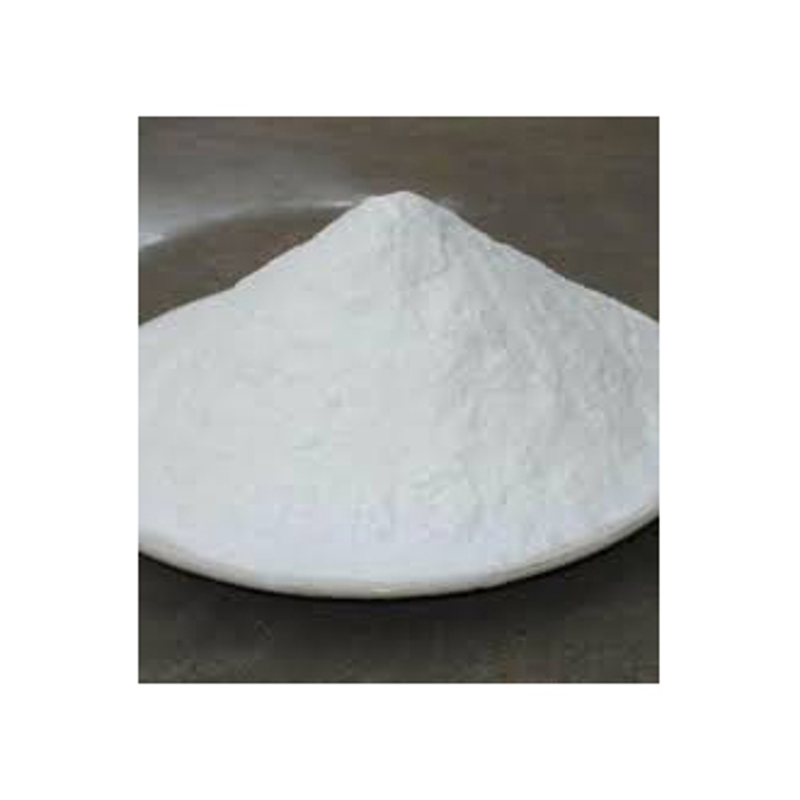Summary of decolorization technology of traditional Chinese Medicine
-
Last Update: 2010-03-15
-
Source: Internet
-
Author: User
Search more information of high quality chemicals, good prices and reliable suppliers, visit
www.echemi.com
1 It is the most common, simple and poor method to remove pigment according to the difference of solubility in different solvents 1 Water extraction and alcohol precipitation: it can remove a small part of water-soluble pigment Alcohol extraction and water sedimentation: most of the fat soluble pigments can be removed (alternatively, two methods can be used) 2 Acid alkali precipitation method: for example, when the impurity pigment is some phenolic acid components such as flavonoids and anthraquinone, the pH 3 can be adjusted below, in addition, its precipitation 2 According to the different distribution ratio of pigment in two-phase solvent, for example, when the impurity pigment is some phenolic acid components such as flavonoids and anthraquinone, the method of adjusting the pH to more than 12 and extracting with organic solvent can be adopted At this time, because the pigment exists in the form of dissociation, it is not suitable to be extracted Physical adsorption: (adsorption force is intermolecular force) (1) polar adsorbent: such as silica gel, alumina It can remove hydrophilic pigment (2) non polar adsorbents: such as activated carbon, pulp, talcum powder, diatomite It can remove lipophilic pigment Activated carbon is an excellent adsorbent, it has a strong adsorption capacity for pigment, bacteria, pyrogen and other impurities, and it also has a filtering effect There are a lot of micropores and voids in it, and its surface area can reach 200-500m2 / g Adsorption principle: because most pigments have a double bond structure, they are easy to adsorb Methods of use: cold adsorption, heat adsorption, carbon assisted filtration, column chromatography 2 Chemical adsorption: (1) for example, some phenolic acid pigments such as flavonoids and anthraquinone can be removed by alkaline alumina (2) ion exchange resin method: phenolic acid pigments such as flavonoids and anthraquinone can be removed by anion exchange resin 3 Semi chemical adsorption: polyamide and macroporous resin The adsorption principle is hydrogen bonding, and macroporous resin has some van der Waals effect Polyamide can form hydrogen bond with phenolic and flavonoid hydroxyl groups through amido carbonyl in the molecule It can also form hydrogen bonds with quinones and carbonyls on fatty acids through free amines on amide bonds 4 Remove the representative substance of pigment by precipitation method: lime milk Common concentration: 20% - 30% Decolorization principle: calcium ion in the lime milk can combine with the effective components and impurities in the liquid medicine to form calcium chelate and calcium salt precipitation Under the action of sulfuric acid, flavonoids, anthraquinone, phenols, saponins, some alkaloids and calcium ions can be decomposed and dissolved in water But tannin, some protein, organic acid, polar pigment and polysaccharide can not be decomposed The common flocculants are as follows: (1) gelatin: tannin affects the stability of liquid medicine and is easy to change color Gelatin and tannin administrative complex can be used to precipitate (2) ZTC1 + 1 natural clarifier together with suspended particles in water It can be divided into four types: type I: deproteinizing type II: decolorizing type III: oral liquid and granule of traditional Chinese medicine, which can replace alcohol precipitation, and play a role in removing unstable components and assisting filtration Type IV: injection type, mainly to improve the clarity (3) 101 juice clarifier: (4) chitin and chitosan: chitosan is obtained by acetylation of chitin They are all natural cationic flocculants 2 Factors affecting the clarification effect (1) dosage of clarifier (2) concentration of clarifier and adding sequence (3) concentration of liquid medicine itself (4) influence of temperature during flocculation (5) influence of pH of liquid medicine (6) influence of stirring speed and stirring time (7) influence of flocculation settling time (6) removal of pigment by membrane separation
This article is an English version of an article which is originally in the Chinese language on echemi.com and is provided for information purposes only.
This website makes no representation or warranty of any kind, either expressed or implied, as to the accuracy, completeness ownership or reliability of
the article or any translations thereof. If you have any concerns or complaints relating to the article, please send an email, providing a detailed
description of the concern or complaint, to
service@echemi.com. A staff member will contact you within 5 working days. Once verified, infringing content
will be removed immediately.







